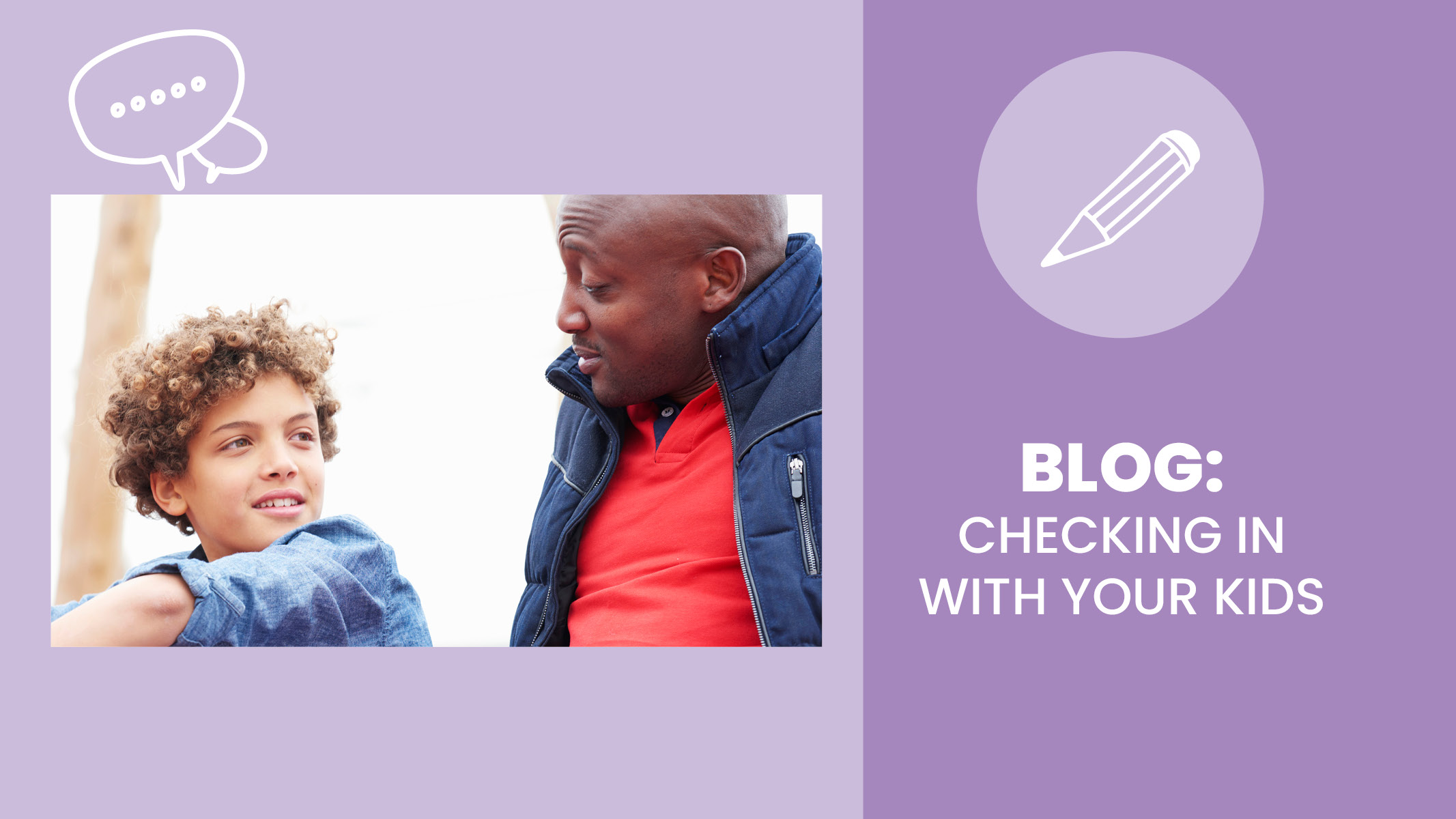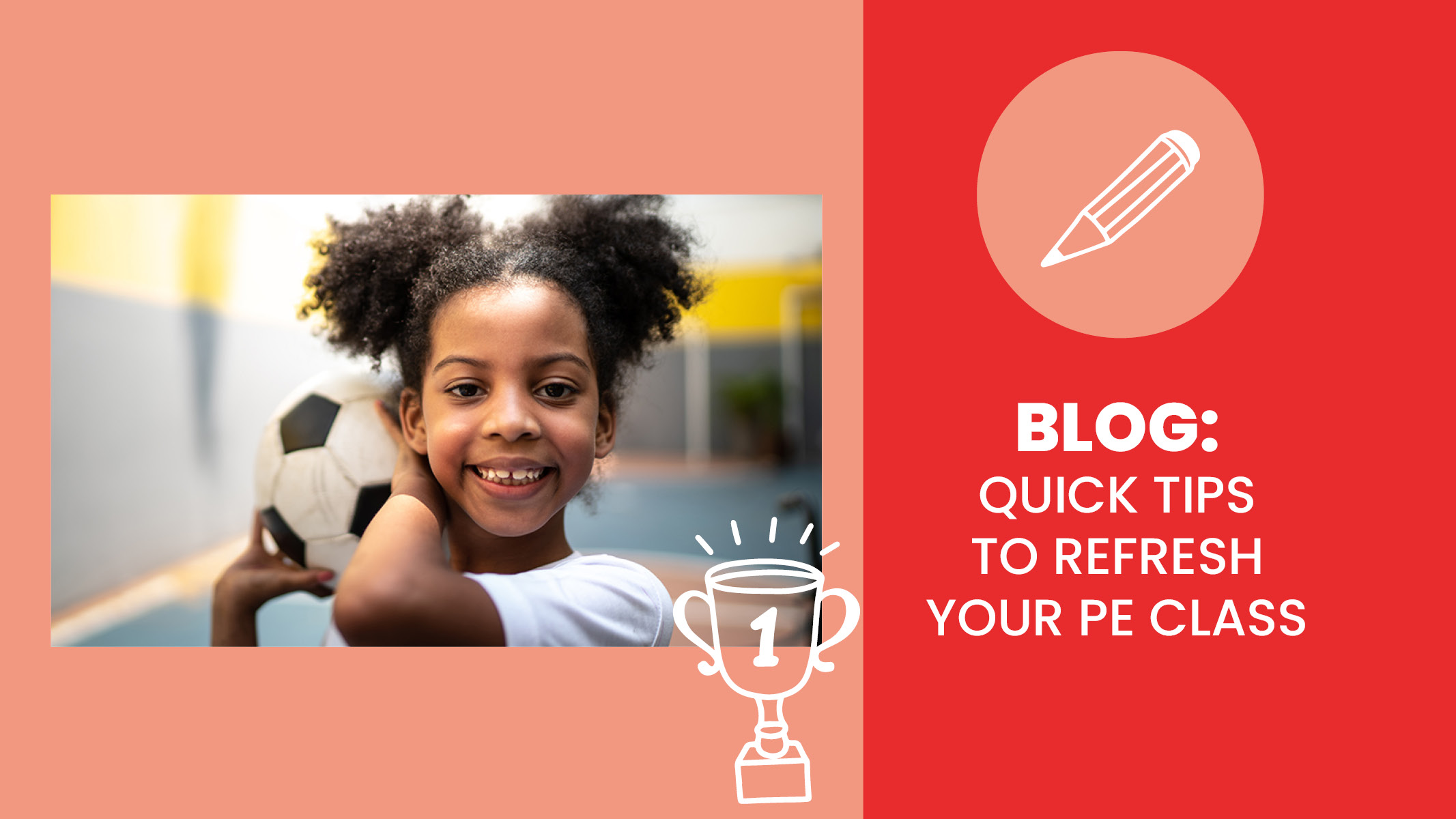The focus on mental health is more important now than it’s ever been, especially in kids and young adults. How can you check in on them without seeming overbearing and let them know that you care? There’s no secret formula when it comes to conversations with your kids, but these are some of our tried and true conversation ideas that will foster a sense of connectedness in kids of all ages.
Small acts of service go a long way. Parents, tell your child that their favorite lunch is packed or you have time to play their favorite game. Educators, make time during the day to do the class’s favorite activity or spend a few more minutes outside. It truly is the little things that make the day better, no matter your age.
Share some positivity together. When you’re eating a meal together or have a spare moment in class, take turns sharing one good thing that happened today and reflect on that good moment. Being mindful of the good things that happen during the day can help your kids open up and look for the positives in their day-to-day life. Another fun way to share positivity is by saying positive affirmations together. Take a look at our free Positivity Posters for affirmation inspiration.
Practice your breath work. It doesn’t seem like much, but setting aside some time to enjoy a quiet moment together is an easy way to build a sense of trust and community with your kids. Try using a Mindful Moment Card or use our Animal Breathing Techniques video and enjoy the sense of peace you get from relaxing and spending time with the ones that matter most. Role modeling this behavior for kids is a powerful way to show them that we all need to cope with our feelings and emotions, and deep breaths are something we can all do.
Make space for them to feel it out. It’s totally normal to have feelings other than happiness and excitement. Let your kids feel their feelings and express themselves in nonverbal ways. Print off the Emoji Mood Cards and let each child choose one that they relate to for the time being. Remind your kids that your feelings and emotions will change many times during the day, so it’s okay to get a different card if they need one. They can also express themselves through coloring or even physical activity. The release that you get from running around while you’re frustrated is unparalleled, so let them get their wiggles out.
Get to know them individually. At the end of the day, kids will want to talk to someone that makes them feel heard. Ask your kids about their favorite things, find out they have a nickname or other identifier that they’d rather be referred to as, and talk to them about their plans for the day. No answer? Tell them, “I’m here when you’re ready to talk.” There’s no better way to show your kids that you care than making it a priority to listen when they share with you.
Ready for More? You Might Also Like:
Positive Self-Talk Coloring Pages
Feelings and Emotions Chart Printable
Get to Know Your Feelings Video


